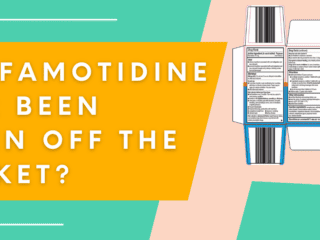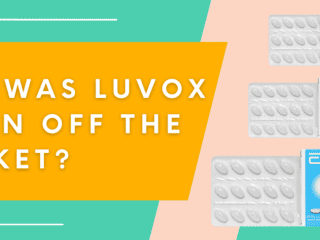Generic Name: Tramadol
Brands: ConZip, Ultram, Ultram ER
Class: Pain reliever (Analgesic & Opioid)
Availability: Prescription needed
Molecular Formula: C16H25NO2
Substance UNII: 39J1LGJ30J
What is Tramadol?
Tramadol is a highly addictive, prescription-only, controlled substance (schedule IV) opioid. It is often sold under the brand names ConZip and Ultram.
What is Tramadol Used For?
Tramadol is used to treat moderate to severe pain. While it can treat both acute (short-term) or chronic (long-term) pain, it is most often prescribed for short-term pain, as the body can quickly develop tolerance, decreasing its efficacy. Although, when prescribed for long-term use, it will often be in the form of extended-release tablets. For more information on the dosage and administration of tramadol, visit our dosage page.
Tramadol is sometimes used with acetaminophen (Tylenol, paracetamol) for pain relief; this formula is often sold under the brand name Ultracet.
How Does Tramadol Work?
It works by changing how the body responds to pain. Specifically, it can block pain signals from transmitting by binding to receptors in both the spinal cord and brain (μ-opiate receptors). Some research also indicates it can affect levels of serotonin and norepinephrine, two neurotransmitters associated with mood.
How Long Does it Take for Tramadol to Work?
How quickly this drug takes effect depends on which variety you use. For example, the quick-release variety can take 30 to 60 minutes to take effect. By contrast, the extended-release variety (ex. Ultram ER) can take up to 2 hours to release the initial 25% of the drug. The other 75% slowly releases over the next 24 hours. For more information on the half-life of tramadol, visit our half-life page.
Your doctor can decide which variety or alternative is best for you based on your specific needs.
Do Not Use Tramadol If:
There are several situations where this medication may not be the right choice for you. According to the U.S. National Library of Medicine, the following should not use tramadol:
- Those already using another product containing tramadol
- Those using benzodiazepines or other central nervous system (CNS) depressants
- Children under the age of 12
- Children under the age of 18 after surgical removal of the tonsils or adenoid
- Adolescents aged 12 to 18 at greater risk of respiratory distress
- Those taking drugs affecting cytochrome P450 isoenzymes
- Respiratory depression (slow unproductive breathing)
- Hypersensitivity reactions/ other adverse events
- History of seizures or serotonin syndrome
- Talk to your pharmacist/ physician if allergic to other opioid medications
Please note that this list may not be complete, and there may be other situations where tramadol use is not advisable. For more information, you may visit our page on tramadol interactions.
Tramadol Pill Imprints
List of the most popular Tramadol pill imprints.
*This is not an exhaustive list
Tramadol Hydrochloride AN 627
- Drug: Tramadol Hydrochloride
- Strength: 50 mg
- Pill Imprint: AN 627
- Color: White
- Shape: Round
Tramadol Hydrochloride 377
- Drug: Tramadol Hydrochloride
- Strength: 50 mg
- Pill Imprint: 377
- Color: White
- Shape: Elliptical / Oval
Tramadol Hydrochloride TV 58
- Drug: Tramadol Hydrochloride
- Strength: 50 mg
- Pill Imprint: TV 58
- Color: White
- Shape: Elliptical / Oval
Tramadol Hydrochloride 319
- Drug: Tramadol Hydrochloride
- Strength: 50 mg
- Pill Imprint: 319
- Color: White
- Shape: Round
More about Tramadol
- Dosage
- Side Effects
- Interactions
- Half-life
- Pregnancy Risks
- Withdrawal
- Tramadol and Alcohol
- Alternatives
- Tramadol and Tylenol
- Tramadol and Gabapentin
- Is Tramadol Effective for Arthritis Pain?
Disclaimer: this article does not constitute or replace medical advice. If you have an emergency or a serious medical question, please contact a medical professional or call 911 immediately. To see our full medical disclaimer, visit our Terms of Use page.







